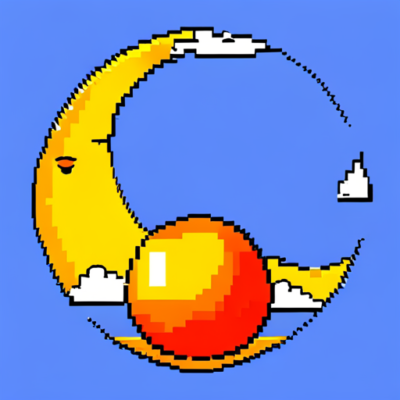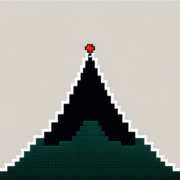
One sentence summary – A study published in Nature reveals that bumblebees can learn complex puzzles through social interaction, challenging traditional views on social learning abilities in non-human species.
At a glance
- Bumblebees can learn complex puzzles from each other through social interaction
- Untrained bees were able to learn how to open a puzzle box from trained demonstrators
- Bees struggled to solve the puzzle independently without trained demonstrators
- Through social observation, untrained bees learned the entire sequence to successfully open the box
- This research challenges the traditional view that only humans are capable of socially learning complex behaviors
The details
A recent study published in Nature has revealed fascinating insights into the learning abilities of bumblebees through social interaction.
The study found that bees can learn complex puzzles from each other to gain rewards, demonstrating a remarkable capacity for social learning.
In the experiment, bees were trained to complete a two-step puzzle box task, with some bees serving as demonstrators who were trained to complete the task with a reward.
The study showed that untrained bees were able to learn how to open the box from the demonstrators, even without receiving a reward themselves.
However, bees struggled to solve the puzzle independently without the presence of trained demonstrators.
The researchers observed that bees had to learn a two-step sequence to obtain the reward, with the first step being unrewarded.
Through social observation of trained bees, untrained bees were able to learn the entire sequence and successfully open the box.
This finding challenges the traditional view that only humans are capable of socially learning complex behaviors.
The study also highlights the concept of cumulative culture, which refers to the accumulation of knowledge and skills over generations.
The researchers suggest that social insects like bees may have the ability to spread remarkable accomplishments through the copying of innovators, similar to how chimpanzees can learn new skills by observing each other.
Overall, this research sheds light on the cognitive abilities of bumblebees and opens up new possibilities for understanding how cumulative culture evolved in social insects.
It underscores the importance of social interaction in learning complex tasks and behaviors among non-human species.
Article X-ray
Sources
Here are all the sources used to create this article:
Fact attribution
This section links each of the article’s facts back to its original source.
If you suspect false information in the article, you can use this section to investigate where it came from.
| newscientist.com |
|---|
| – Bumblebees can learn complex puzzles from each other to gain rewards – Bees struggle to complete puzzles alone, but can learn from peers – Study published in Nature shows bees can learn complex tasks through social interaction – Bees were trained to complete a two-step puzzle box task – Demonstrator bees were trained to complete the task with a reward – Untrained bees learned to open the box from the demonstrators without a reward – Bees failed to solve the puzzle independently without demonstrators – Bees had to learn two steps to get the reward, with the first step being unrewarded – Bees learned the whole sequence from social observation of trained bees – Bees couldn’t open the box without a trained bee to demonstrate the solution – Research opens possibilities for understanding how cumulative culture evolved – Cumulative culture refers to the accumulation of knowledge and skills over generations – Bees challenge the view that only humans can socially learn complex behavior – Social insects may have spread remarkable accomplishments through copying of innovators – Chimpanzees can learn new skills by observing each other – Study shows chimpanzees can pass on knowledge of solving a puzzle box to others |












